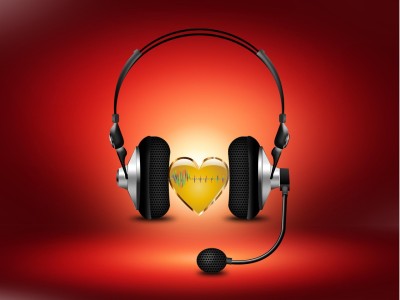Noise-cancelling earplugs have become an essential accessory for many individuals seeking peace and quiet in our increasingly noisy world. Whether you are a frequent traveler, a student trying to focus in a bustling library, or someone who simply values a good night’s sleep, these innovative devices can significantly enhance your quality of life. With various options available on the market, understanding the features and benefits of noise-cancelling earplugs is vital for making an informed choice. This article delves into the intricacies of noise-cancelling earplugs, exploring their technology, types, and best practices for use.
The technology behind noise-cancelling earplugs primarily revolves around two methods: passive noise isolation and active noise cancellation. Passive noise isolation involves using materials that block sound waves, such as foam or silicone. These materials fit snugly in the ear canal, effectively reducing ambient noise. On the other hand, active noise cancellation employs microphones that detect external sounds and produce sound waves that are the exact opposite, effectively canceling them out. This dual approach allows users to enjoy a quieter environment, regardless of the noise source.
When considering noise-cancelling earplugs, it is essential to recognize the different types available. Foam earplugs are the most common and affordable option, offering excellent passive noise reduction. They are disposable and can be easily found in drugstores. Silicone earplugs provide a comfortable fit and are reusable, making them a sustainable choice. For those seeking advanced technology, electronic noise-cancelling earplugs can adapt to varying noise levels, providing a customized listening experience. Each type has its advantages, catering to different needs and preferences.
Another important aspect to consider is the comfort and fit of the earplugs. A proper fit is crucial for maximizing noise reduction and ensuring comfort during extended use. Many brands offer earplugs in various sizes or provide adjustable options to accommodate different ear shapes. It is advisable to try different styles and materials to find the perfect fit. Additionally, some earplugs come with features like soft tips or ergonomic designs, enhancing overall comfort and usability.
In terms of effectiveness, noise-cancelling earplugs are particularly beneficial in specific environments. For instance, frequent flyers often experience discomfort from engine noise during flights. Noise-cancelling earplugs can help mitigate this issue, allowing for a more enjoyable travel experience. Similarly, students studying in libraries or cafes can benefit from reduced background noise, helping them maintain focus and productivity. Understanding the context in which these earplugs will be used can guide users in selecting the most suitable option.
Maintenance and care are also essential considerations for prolonging the lifespan of noise-cancelling earplugs. Disposable foam earplugs should be discarded after each use, while reusable options require regular cleaning to prevent buildup of dirt and bacteria. Silicone earplugs can typically be washed with mild soap and water. Proper storage is also crucial; keeping earplugs in a clean, dry case protects them from damage and contamination. By following these simple care tips, users can ensure their earplugs remain effective and hygienic.
The market for noise-cancelling earplugs is continually evolving, with advancements in technology leading to improved performance. For instance, some newer models offer Bluetooth connectivity, allowing users to listen to music or take calls while enjoying noise cancellation. This feature can be particularly appealing for individuals who want to combine entertainment with noise reduction. As technology progresses, we can expect to see even more innovative features that enhance the user experience.
While noise-cancelling earplugs are beneficial, it is important to be aware of potential drawbacks. Some users may experience discomfort if the earplugs are not fitted correctly or if they are worn for extended periods. Additionally, relying too heavily on noise-cancelling earplugs in certain situations, such as while driving, can pose safety risks. It is crucial to use them judiciously and remain aware of your surroundings, especially in environments where auditory cues are essential.
Looking ahead, there is a growing need for research into the long-term effects of using noise-cancelling earplugs. While they provide immediate benefits, understanding their impact on hearing health and overall well-being is essential. Future studies could explore the effectiveness of different materials and designs, as well as user experiences across various demographics. This information could help manufacturers improve their products and offer more tailored solutions to meet consumer needs.
In summary, noise-cancelling earplugs are a valuable tool for anyone seeking to reduce unwanted noise in their daily lives. Their diverse types and technologies cater to various preferences and environments, making them a versatile option for many users. As technology advances, the potential for enhanced features and improved user experiences continues to grow. Future research will be crucial in understanding the long-term implications of their use and ensuring that these devices remain safe and effective for everyone.

